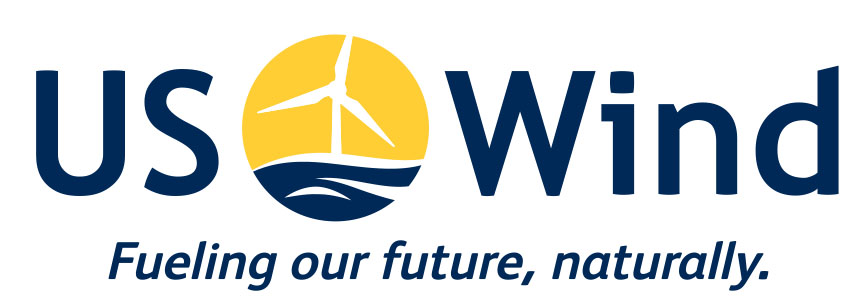What 2019 means for wind energy in the U.S.
The wind energy industry is continuously growing in the United States, with developments in the Northeast, Middle America, and some states in the West Coast currently underway. In 2018 alone, following several offshore wind target announcements, these states have achieved the following in 2018:
- New York – released offshore wind plans for auctions to secure 800 MW of offshore wind contracts in 2018 and 2019, which more than doubles the amount of U.S. offshore wind deals in place.
- New Jersey – the governor signed an executive order to finalize regulations and solicit bids for offshore wind contracts that will give the state 1,100 MW of energy, as well as the 3,500 MW goal by 2030.
- Massachusetts – set to announce the results of its bids for 400-800 MW offshore wind energy.
- Connecticut – finished a solicitation for up to 250 MW of offshore wind bids.
- Texas – currently has around 13,000 wind turbines for electricity and about 80,000 more for pumping water and other uses, with more to come. It has five of the largest wind farms in the U.S.
- Maryland – new contracts for 386 MW of offshore wind energy to go online in 2021.
- Rhode Island – the country’s first state to have an offshore wind project continues to gain tremendous strides with its 30 MW Block Island project.
Texas—known as the “oil country”—along with Iowa and Illinois are named by the U.S. Department of Energy’s Information Administration in a report as home to more than half of the country’s wind capacity additions for 2019.
In November of 2018, total wind energy in the country reached 90,550 MW, which can power more than 27 million households. The industry currently employees nearly 105,000 workers in over 500 factories across the country that build wind-related parts. In fact, the second-fastest growing job in the U.S. last year according to the Bureau of Labor Statistics is wind energy technician.
